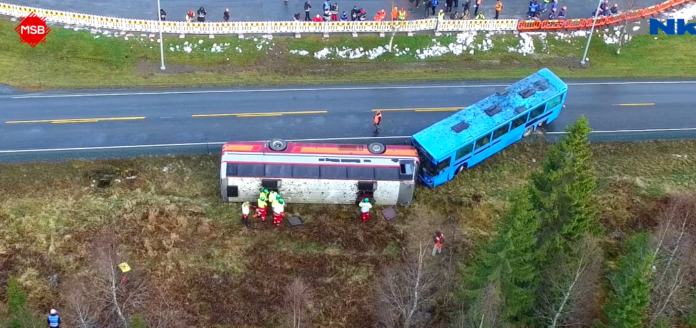How could IoT be used to support public safety?
The European Telecommunications Standards Institute recently examined the potential use of IoT devices in emergency situations, as well as the state of standards development for such use.
ETSI identified a number of use cases in which IoT devices could play a role in emergency situations. Five of those applications for IoT in public safety were:
Emergency calling. ETSI outlined two IoT-driven emergency calling use cases. In one, a smoke detector in a remote location, such as a forest or an isolated facility, could send an automated emergency call to a public safety answering point if it detected a fire – and possibly, depending on the device, provide real-time video from the scene.
Alternatively, that type of emergency message to a PSAP could also be initiated by an IoT service platform operator, rather than by the device directly, with a human making the emergency call based on information from one or more IoT devices. The person making the call could provide the dispatch center with data from the IoT device in order to send the appropriate emergency personnel to the scene and provide them with as much information as possible.
Mission-critical communications for situational awareness or to protect responder personnel. IoT, ETSI noted, “allows (near) real-time data gathering without human interaction. This is especially important in situations where emergency service team members are busy with critical tasks and additional reporting (e.g. via voice-based radio systems) to the team officer would cause unwanted distraction or delay.” Sensor-equipped smart clothing could report firefighters’ vital signs and temperature, so that they can be pulled out of a scene when it becomes too physically hazardous. First responders can also be equipped with audio and video sensors, or supported by a drone, so that other team members or commanders can assess the situation from a distance or as they are en route to the location.
Mission-critical logistics support. IoT data can contribute to Common Operating Picture for commanders and personnel. COPs are usually built from multiple data sources, including citizen reports and active scouting; IoT devices represent a potentially broader data stream and a more rapid establishment of a detailed COP. Using IoT sensor data of various types can mean easier aggregation of data, real-time or near-real-time notifications, highly specific geographic/position data, environmental information and more is more easily accessed, organized and analyzed for data sharing, reporting, trend analysis and after-action reports.
Public Warning Systems. When a disaster occurs and local or national authorities need to alert citizens in the area to take precautions, IoT devices such as bus stop displays, connected billboards or road displays, and even displays inside busses and connected cars can help disseminate accurate and timely information to the people who are in the affected area, whether on a local or up to a national scale.
“Massive IoT devices could be connected to IoT service platforms that control these devices and convey the information to the citizens. The information should be understood by all citizens, thus the ones with hearing and visual impairments should have the means to receive the information as well. Languages, in addition to the local language, may be provided to the citizens in general, or designated citizens,” ETSI said.
ETSI also laid out the possibility of PWSes that go beyond direct communications such as broadcast warnings or text messages and might include video feeds of relevant areas, such as bridges, main streets or public transportation entrances, so citizens know where to go or where to avoid. Visual evacuation instructions could also be distributed in this way. There is even the potential for PWS to connect with IoT devices that affect the physical world, such as devices which could be triggered to automatically open doors on public transportation (such as subway systems), allowing people to more easily escape in the event of an earthquake or fire.
Automated emergency response. In this area, ETSI identified potential scenarios where the use of IoT could either make emergency response more efficient, or prevent the emergency altogether. If a gas pipeline reaches a high pressure in a particular location, for example, an IoT device could detect this and inform a remote-control system to address the situation, before it reaches the point of an explosion. Priority service could be granted to IoT devices with this type of responsibility, and ETSI also said that an application would need to be installed on the IoT device to analyze data from sensors and determine at what point to make an emergency call with priority.
In addition to outlining use cases, ETSI’s report laid out current standard bodies’ work in the use of IoT in public safety, as well as potential points of failure for the various use case scenarios. Read the full document here.
Interested in more information on public safety trends and challenges, with a focus on the European market? Join RCR Wireless News for an upcoming webinar on the topic and keep an eye out for the accompanying special report which will be released Sept. 18.

